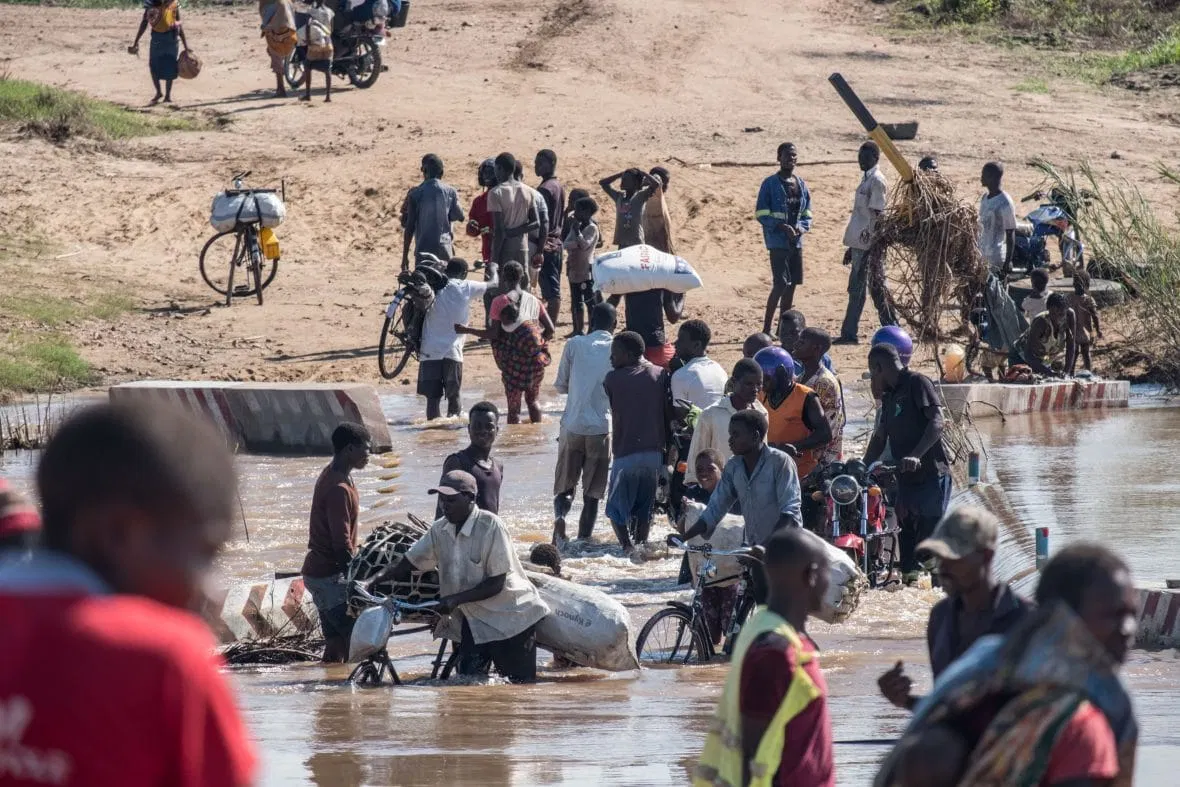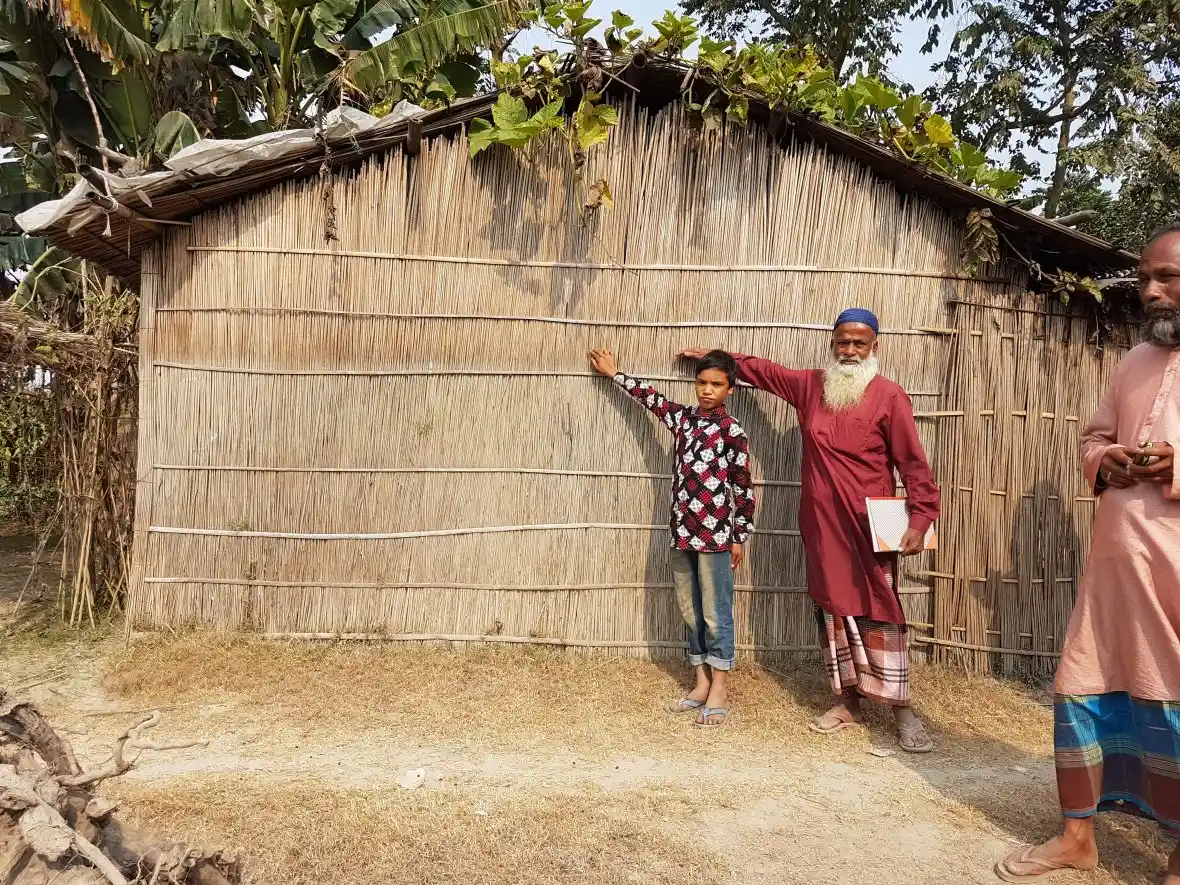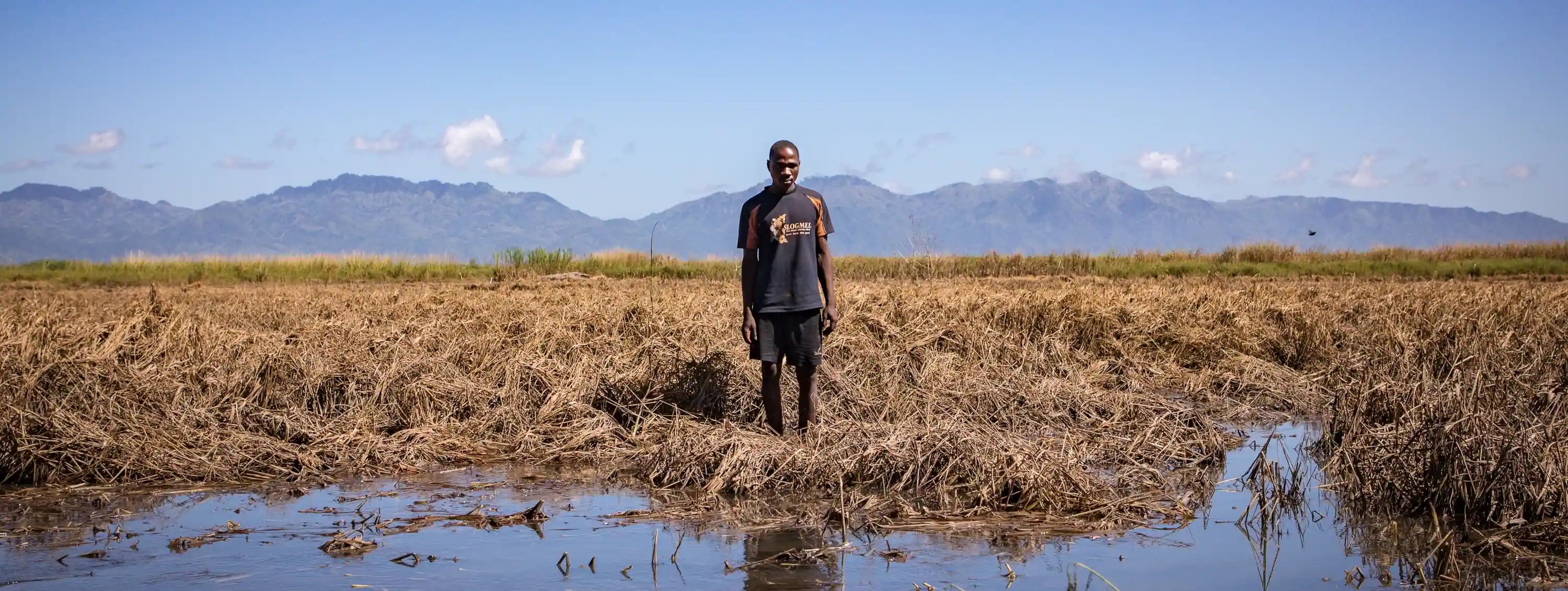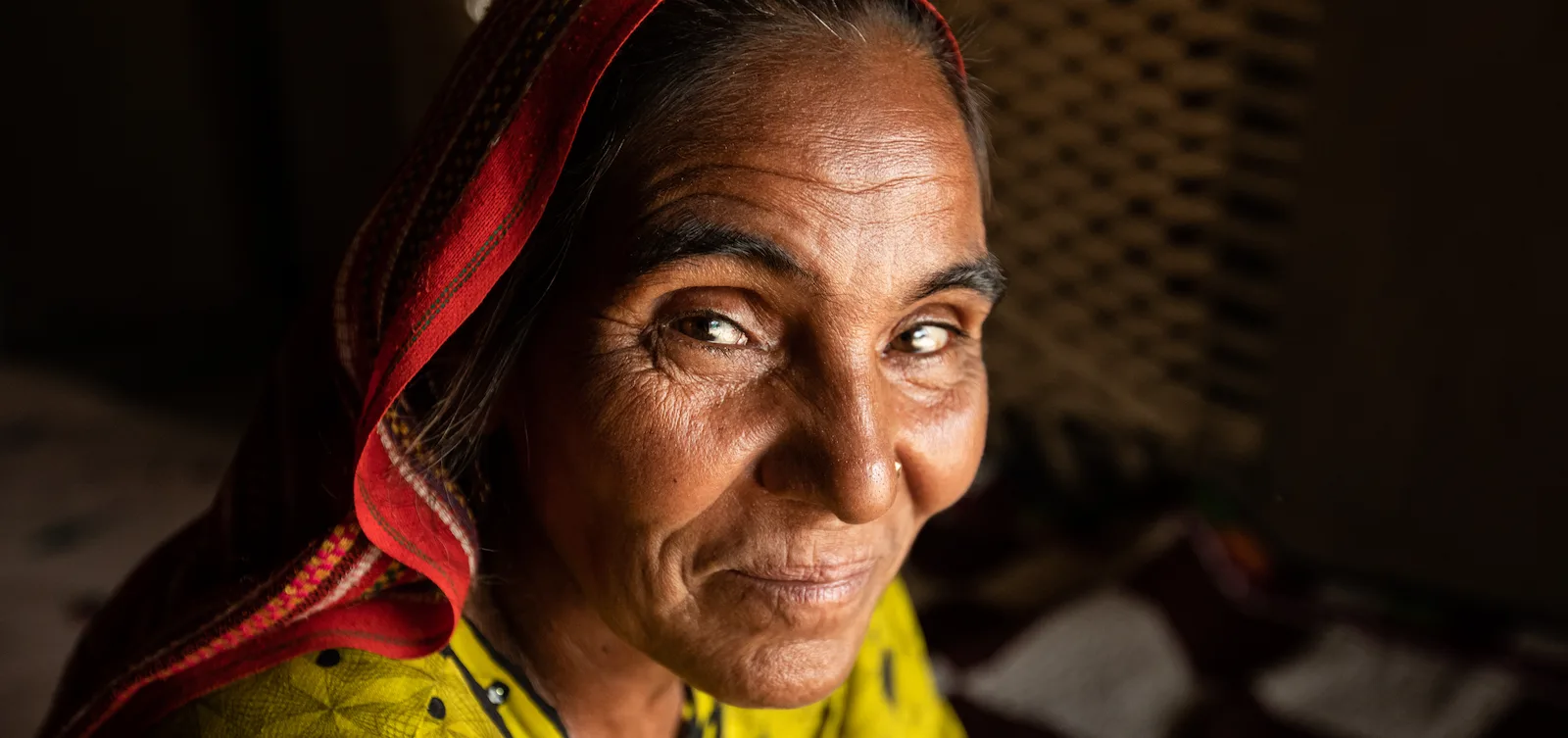While initiatives like the Paris Climate Agreement have been put into place to curb greenhouse gas emissions, it’s not enough to stave off the next disaster. We can’t predict the unpredictable... but we can prepare for it.
In 1999, then UN Secretary-General Kofi Annan wrote, “one of the most pressing challenges of our time [is] the extraordinary increase in the number and extent of natural disasters.”
Over the 20 years that have followed, this challenge has only become more pressing, with one UN estimate placing economic losses due to natural disasters at more than double what was lost in the previous two decades.
The cost of these disasters disproportionately hits the poorest, most vulnerable, or fragile communities hardest. The UN has also reported that people in low- and middle-income countries are seven times more likely to die from natural disasters. While initiatives like the Paris Climate Agreement have been put into place to curb greenhouse gas emissions, it’s not enough to stave off the next disaster. We can’t predict the unpredictable... but we can prepare for it.

What is disaster risk reduction?
Disaster risk reduction (DRR) protects the lives and livelihoods of communities and individuals who are most vulnerable to disasters or emergencies. Whether the crisis is caused by nature or humans (or a combination of both), DRR limits its negative impact on those who stand to lose the most.
In some cases, we can reduce the size of a disaster, its strength, or even how frequently it occurs. In tandem with this, we can also make sure that those who are most exposed to these hazards are able to better anticipate, survive, and recover. DRR focuses specifically on the three key dimensions of disaster risk:
- Exposure to hazards
- Vulnerability and capacity
- Characteristics of each hazard
With this in mind, the goal of DRR is to prevent new risks, reduce existing risks, and increase overall resilience.

Why is DRR important?
The United Nation has an agency specifically responsible for Disaster Risk Reduction (UNDRR) and its chief, Mami Mizutori, sums up the problem: “The world has been stuck in a vicious cycle of disaster → response → dependency → repeat.”
This cycle of disasters mirrors the cycle of poverty, creating dependencies instead of fostering development. But, an ounce of prevention can be worth a pound of cure. In more concrete terms, according to the UNDRR, every $1 (USD) invested in disaster risk reduction can save up to $15 in recovery. Every $1 spent to fortify infrastructures against disaster likewise saves $4 in reconstruction.
Every $1 spent to fortify infrastructures against disaster can save $4 in reconstruction. (Source: UNDRR)
Disaster risk reduction not only saves lives, it helps to improve them — freeing up more funds for organizations like Concern to use towards long-term development versus in-the-moment emergency response.
DRR at work
No two disaster risk reduction plans are the same, but there are a few key initiatives that are often key components:
- Infrastructure designed to reduce risk, like retaining walls, check dams, embankments, or terraces.
- Natural resource management, like reforestation
- Agricultural interventions like Climate Smart Agriculture and conservation agriculture
- Behavioral change — for example, peace-building processes or addressing the inequalities that make some people more vulnerable than others
- Evacuation procedures and safe shelters
- Early warning systems and preparedness planning for improving local response to disasters when they happen
Concern’s approach to disaster risk reduction
Concern is a dual-mandate organization — meaning that we respond to both immediate emergencies while also focusing on longer-term development that will help communities lift themselves out of poverty. As such, DRR is a fundamental aspect of our work and we have our own core approaches that incorporate UN principles.



